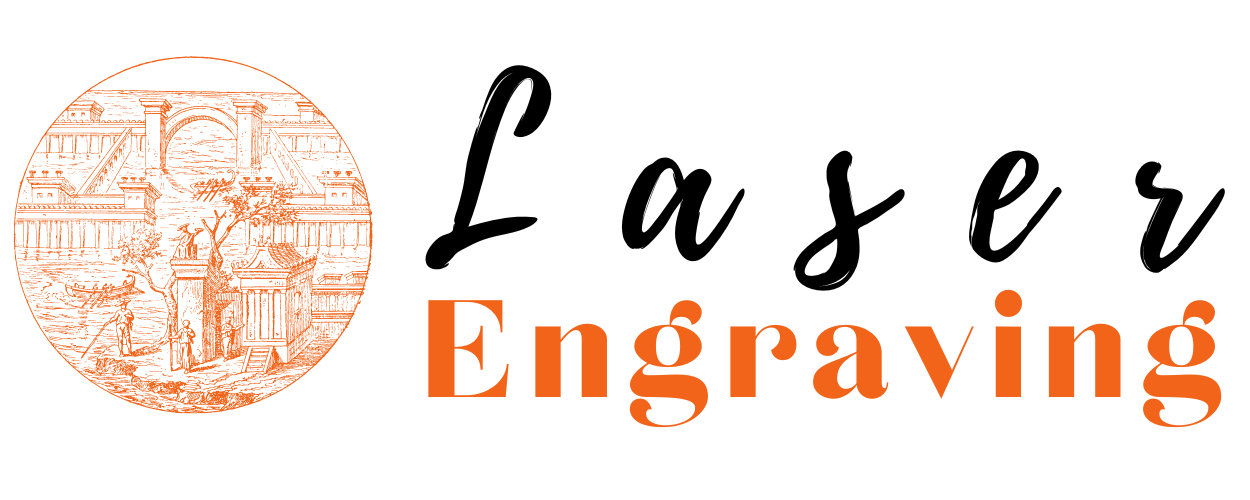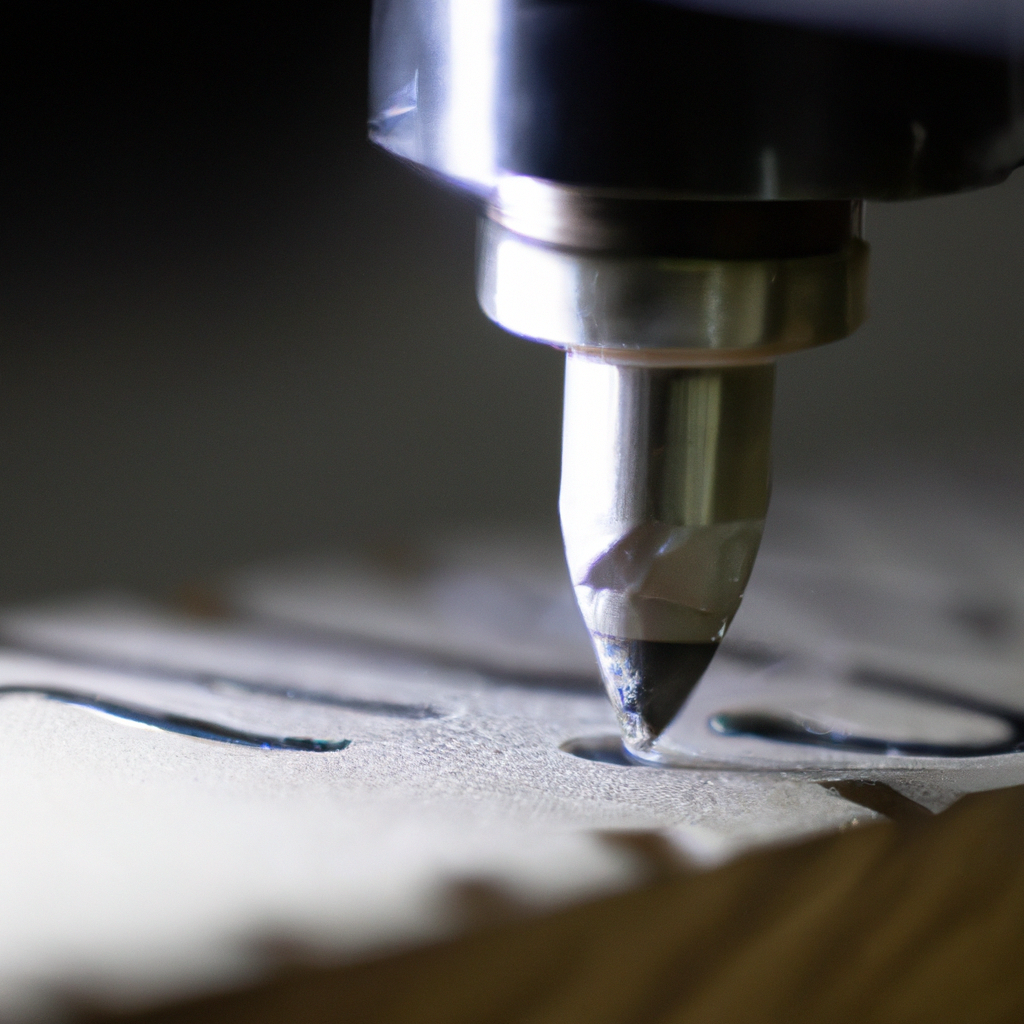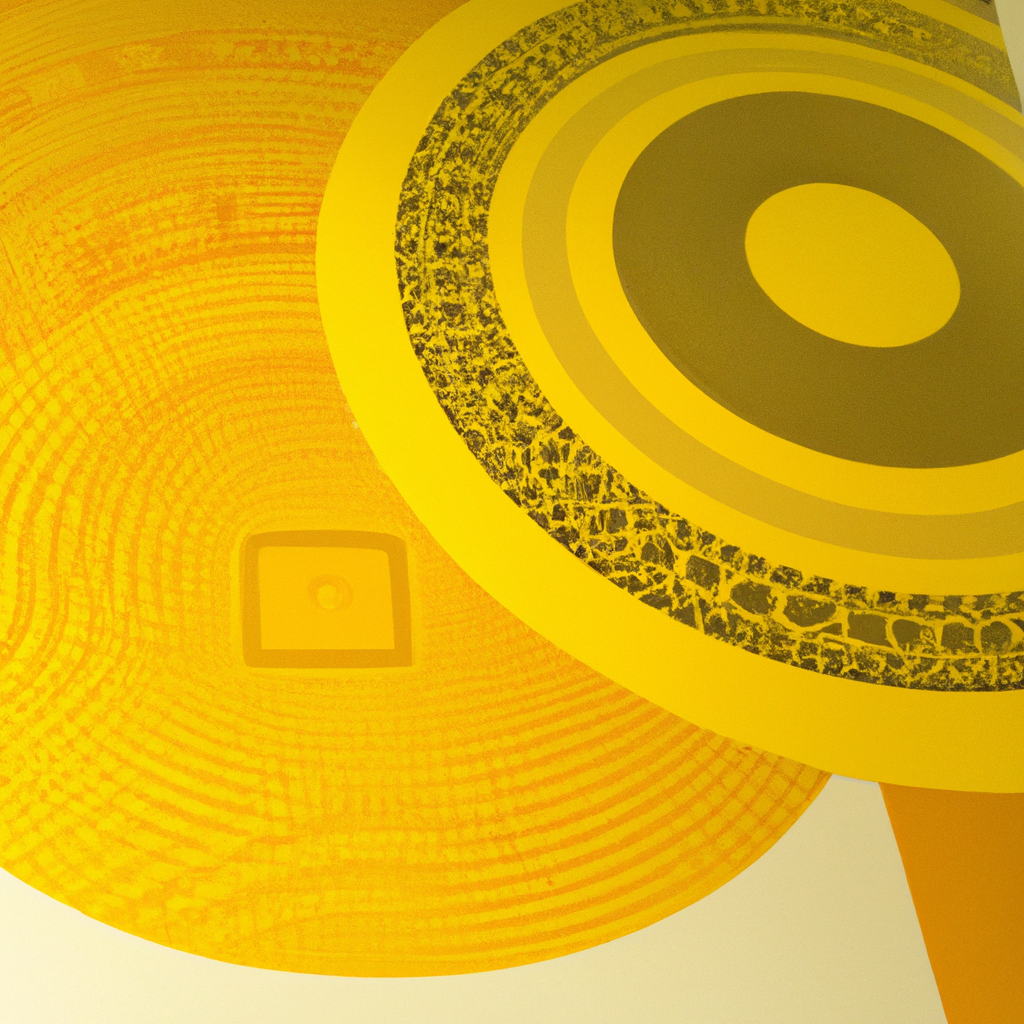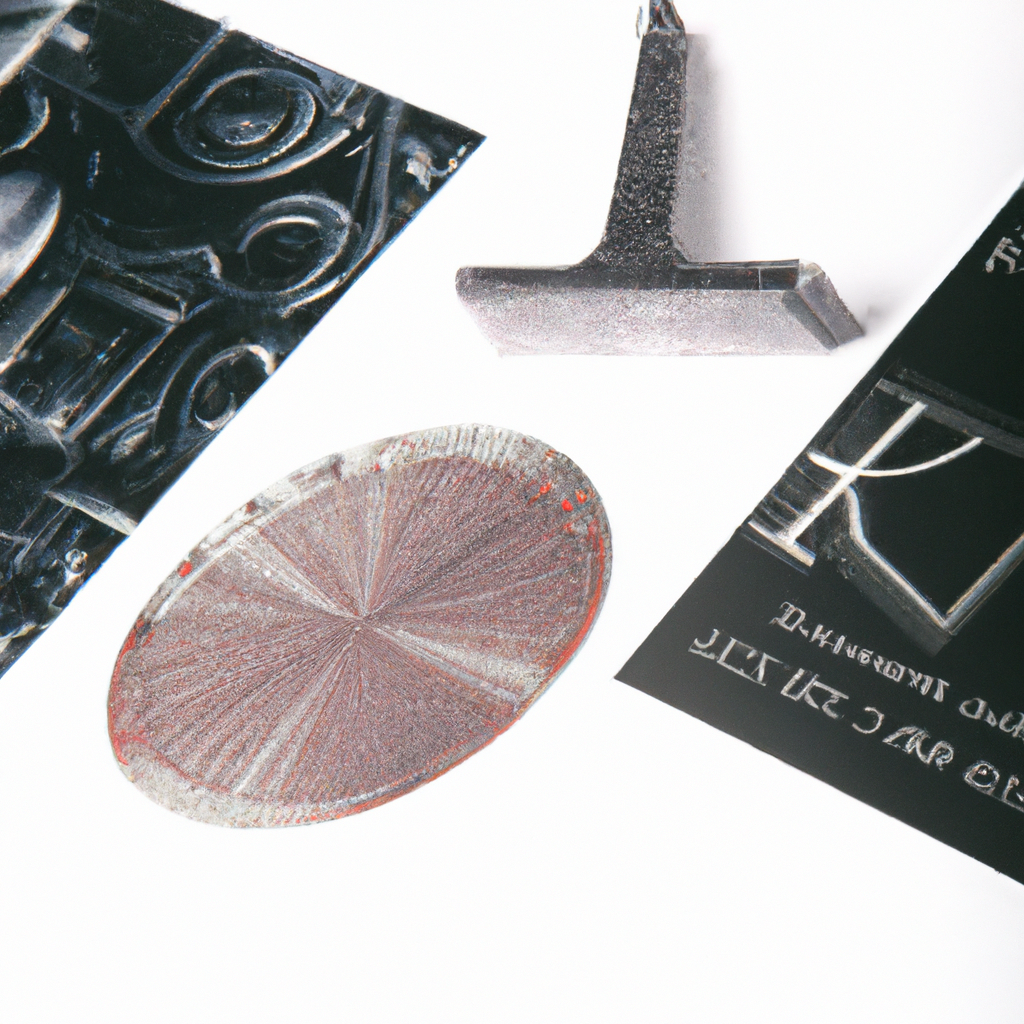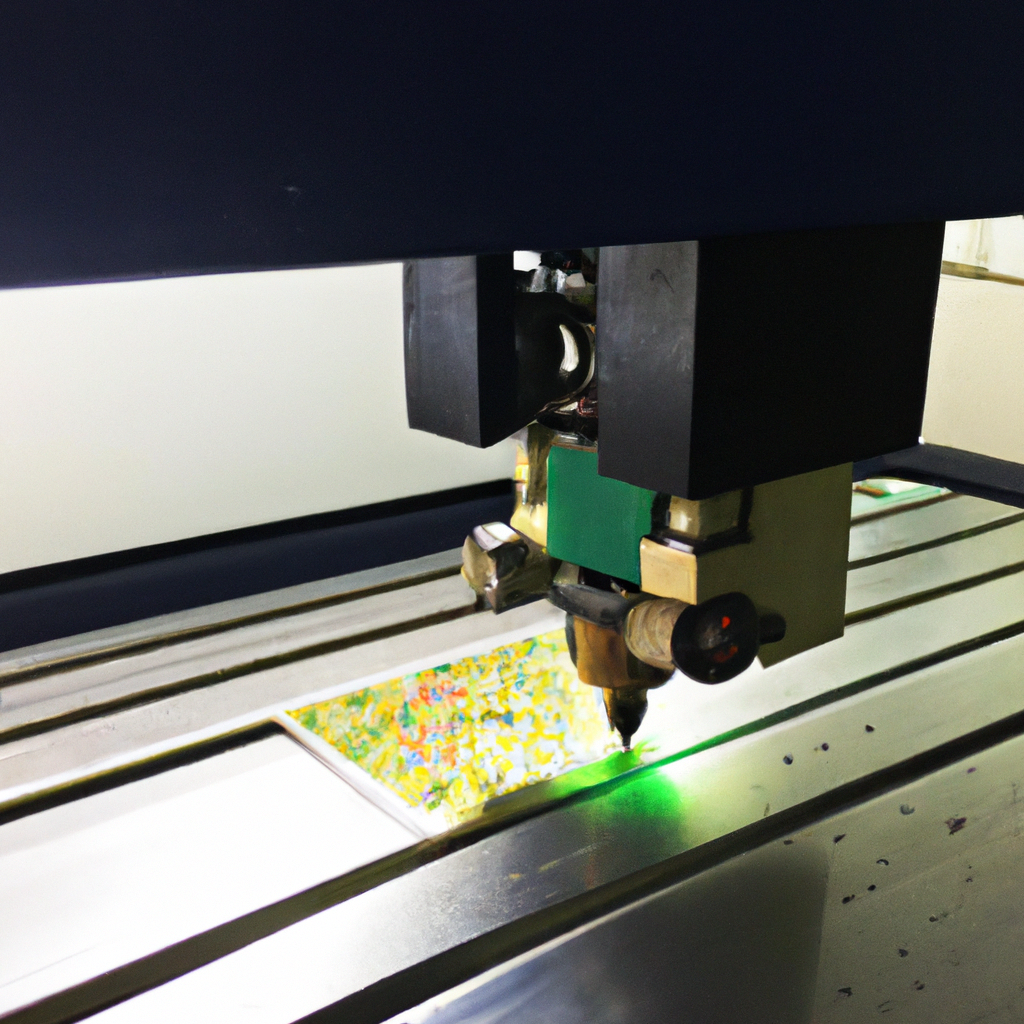Laser Engraving Techniques and Tips
Laser engraving is a highly versatile and precise method used for creating intricate designs and patterns on various materials. Whether you are a hobbyist or a professional, mastering laser engraving techniques can take your creativity to new heights. In this article, we will explore different tips and techniques to help you become an expert in laser engraving.
Understanding Laser Engraving
Laser engraving is a process that uses a highly focused laser beam to remove material from a surface, leaving behind a permanent mark. It is commonly used on materials such as wood, metal, glass, plastic, and even stone. The laser beam vaporizes or melts the material, creating precise and intricate designs with exceptional detail.
Choosing the Right Equipment
Investing in high-quality laser engraving equipment is crucial to ensure optimal results. When selecting a laser engraving machine, consider the following factors:
-
Power and Speed: The power of the laser determines the depth and intensity of the engraving, while the speed controls the rate at which the laser travels across the material. Finding the right balance between power and speed is essential for achieving the desired outcome.
-
Workspace Size: Consider the size of the materials you plan to engrave and ensure that the engraving machine has a large enough working area to accommodate them.
-
Software Compatibility: Ensure that the machine is compatible with the design software you intend to use. This will allow you to create and import your designs seamlessly.
Preparing the Material
Before you start engraving, proper preparation of the material is essential for achieving the best results. Follow these steps:
-
Cleaning: Make sure the material’s surface is clean and free from dust, dirt, or any other contaminants. Any debris present can interfere with the engraving process and affect the quality of the finished product.
-
Securing the Material: Depending on the size and shape of the material, use appropriate clamps, tapes, or adhesives to secure it in place. This will prevent any movement during the engraving process, ensuring precise and accurate results.
-
Focusing the Laser: Properly focus the laser beam onto the material’s surface to achieve the desired engraving depth. Adjust the focal length according to the material’s thickness to optimize the engraving quality.
Designing and Customizing
The design and customization process is where your creativity comes into play. Here are some tips to enhance your laser engraving designs:
-
Choosing the Right Graphics Software: Utilize graphics software such as Adobe Illustrator or CorelDRAW to create or customize your designs. These programs offer a wide range of tools and features to help you create intricate and detailed designs.
-
Vector Graphics: When designing for laser engraving, it is recommended to use vector graphics. Unlike raster graphics, vectors can be scaled up or down without losing quality, ensuring crisp and precise engraving results.
-
Experimenting with Settings: Take the time to experiment with different laser power and speed settings to achieve different effects on various materials. This will allow you to create unique designs and textures.
Cutting and Etching Techniques
Laser engraving is not limited to just engraving designs onto surfaces. With the right settings and techniques, you can also cut and etch materials. Consider the following techniques:
-
Line Etching: By adjusting the power and speed settings, you can create fine and delicate lines on materials such as wood or acrylic.
-
Area Filling: Increase the power and reduce the speed to fill larger areas with engraved patterns or textures. This technique is especially useful for creating backgrounds or decorative elements.
-
Deep Engraving: To achieve a more pronounced and noticeable engraving, increase the power and slow down the speed. This technique is often used for creating depth and dimension in designs.
Safety Precautions
Working with lasers requires strict adherence to safety guidelines to prevent accidents and injuries. Here are some essential safety precautions to follow:
-
Protective Eyewear: Always wear laser safety glasses that are appropriate for the laser’s wavelength. This will shield your eyes from the laser beam and prevent potential eye damage.
-
Ventilation and Extraction: Ensure that your workspace has proper ventilation systems in place to remove any fumes or particles generated during the engraving process. This will help maintain a safe and healthy working environment.
-
Fire Safety: Take precautions to prevent fires by keeping a fire extinguisher nearby and avoiding engraving highly flammable materials without proper safety measures.
Conclusion
Mastering laser engraving techniques requires practice, patience, and a keen eye for detail. By following the tips and techniques outlined in this article, you can elevate your laser engraving skills and create stunning designs on various materials. Remember to always prioritize safety and invest in high-quality equipment to ensure the best results. So, unleash your creativity and embark on an exciting journey into the world of laser engraving!
